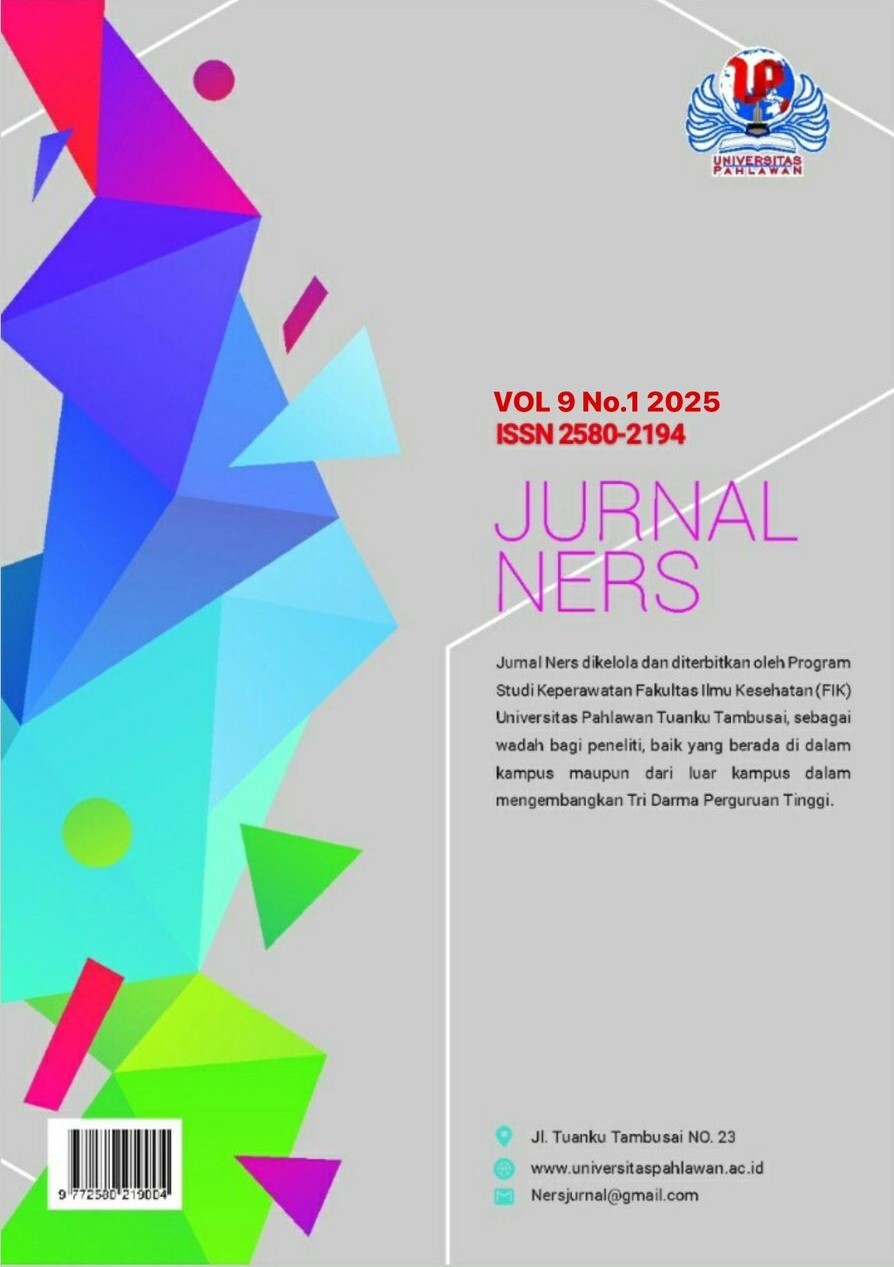Efektivitas Campuran Daun Sirih Hijau dan Merah Sebagai Obat Kumur terhadap Jumlah Bakteri dan Plak Gigi: Studi Perbandingan
DOI:
https://doi.org/10.31004/jn.v9i1.32243Abstract
Mouthwash is a solution used to clean the oral cavity to eliminate bacteria. Green and red betel leaves are believed to contain higher phenol content, which can inhibit bacterial activity. The purpose of this study is to determine the difference in effectiveness of a mixture of green and red betel leaf decoction as a mouthwash in reducing bacterial counts and plaque scores. This research is a quasi-experiment with a pretest and posttest controlled group design. The population consists of students from the Dental Nursing Department using purposive sampling technique, totaling 69 students divided into three groups, each with 23 samples using green betel leaf, red betel leaf, and a mixture of both decoctions as mouthwash. Effectiveness was tested with paired t-test, while differences were analyzed using Kruskal-Wallis and Mann-Whitney tests. The results showed that mouthwash with green betel leaf, red betel leaf, and a mixture of both decoctions were effective in reducing bacterial colonies and plaque on teeth. There were significant differences in reducing bacterial colonies among the three types of decoctions, but no differences in reducing plaque scores. The use of mouthwash from betel leaf decoctions is a good protective measure with easily obtainable and applicable materials for the community to avoid the use of chemical substances.Downloads
Published
2024-11-03
How to Cite
Suryana, B. . . . . . . . . . . . . . ., Damhuji, D., Femala, D. ., & Halimah, H. (2024). Efektivitas Campuran Daun Sirih Hijau dan Merah Sebagai Obat Kumur terhadap Jumlah Bakteri dan Plak Gigi: Studi Perbandingan . Jurnal Ners, 9(1), 152–158. https://doi.org/10.31004/jn.v9i1.32243
Issue
Section
Articles
License
Copyright (c) 2024 Jurnal Ners

This work is licensed under a Creative Commons Attribution-ShareAlike 4.0 International License.
Authors who publish with this journal agree to the following terms: Authors retain copyright and grant the journal right of first publication with the work simultaneously licensed under a Creative Commons Attribution-ShareAlike 4.0 International License that allows others to share the work with an acknowledgement of the works authorship and initial publication in this journal. Authors are able to enter into separate, additional contractual arrangements for the non-exclusive distribution of the journals published version of the work (e.g., post it to an institutional repository or publish it in a book), with an acknowledgement of its initial publication in this journal. Authors are permitted and encouraged to post their work online (e.g., in institutional repositories or on their website) prior to and during the submission process, as it can lead to productive exchanges, as well as earlier and greater citation of published work (See The Effect of Open Access).







